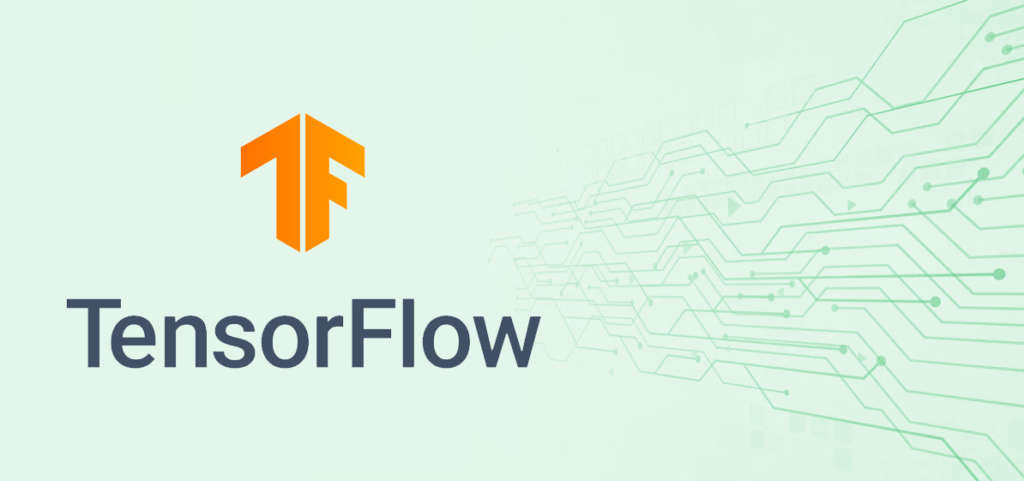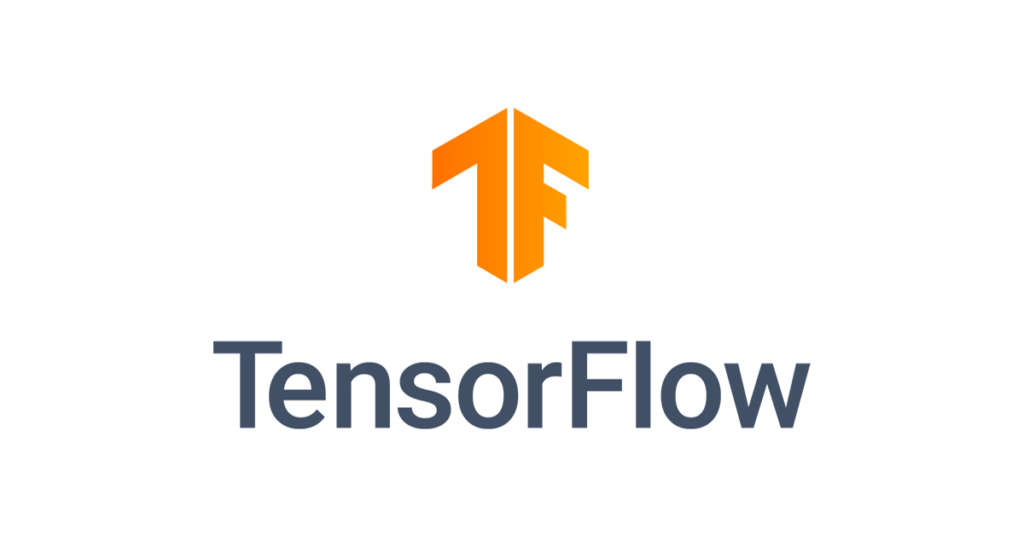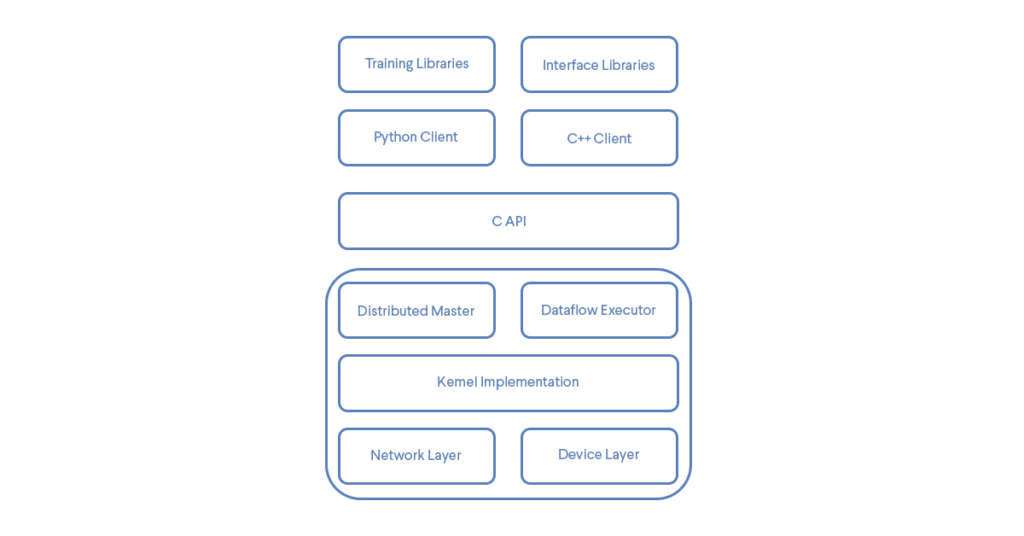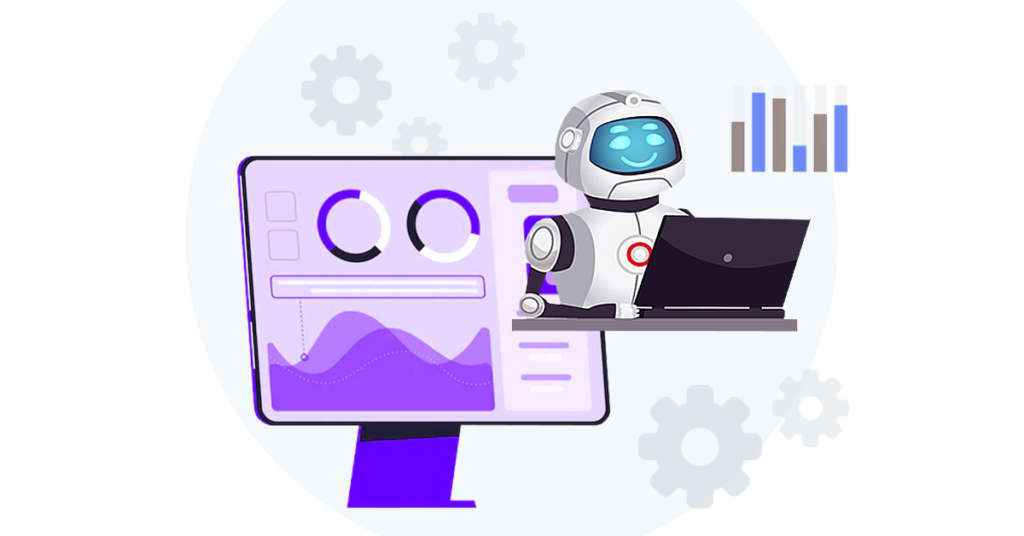
What Is TensorFlow: An Introductory Guide to the Popular Machine Learning Library
Machine learning (ML) is a complex discipline. But thanks to certain frameworks and platforms, the task looks less daunting these days than it used to be.
Google’s TensorFlow is one such framework that simplifies the process of acquiring data, training models, and making predictions.
TensorFlow is one of the most popular and widely used Python libraries used for machine learning and deep learning. Due to its versatility to operate in different use cases, it has become quite popular among artificial intelligence (AI) and ML developers.
If you are someone who has heard a lot about TensorFlow but could never figure out what it was, then this article is for you.
This is an introductory guide to TensorFlow where we’ll talk about what is TensorFlow, how it works, and its top use cases.
So, let’s get started.
What is TensorFlow?
TensorFlow is an open-source end-to-end Python library that’s used for building ML apps and models. The reason it’s called TensorFlow is because it takes input as a multi-dimensional array called a tensor. This tensor flows through a list of operations and comes out from the other side.
It was created by the Google Brain team and was initially released to the public in 2015 under the Apache 2.0 open-source license. This open-source library for numerical computation and large-scale ML bundles together different ML and deep learning models and algorithms (or neural networks).

It uses Python (or in some cases JavaScript) to provide a convenient front-end API for building ML apps while executing those apps in high-performance C++. This easy-to-use API also helps you learn ML, deep learning, and scientific computing.
TensorFlow is primarily used by developers, enterprises, and researchers who want to build scalable ML-powered applications. It can perform a variety of tasks including deep neural network training and inference using differential programming and dataflow.
It helps programmers construct ML apps by utilizing a variety of tools, frameworks, and community resources. Its rich collection of tools can help build models like data preprocessing, ingestion, model evaluation, visualization, and serving.
Google uses TensorFlow in all of its products like Google search, recommendations, picture captions, and Google translation.
TensorFlow architecture
The high-level architecture of TensorFlow looks like the image shown below –

- The first layer has the device and network layers. The device layer helps communicate with various devices like GPU, CPU, and TPU. The network layer, on the other hand, helps communicate with different machines using different networking protocols.
- The second layer in TensorFlow has kernel implementations for applications used in machine learning.
- The third layer has distributed master and dataflow executors. The former distributes workload to different devices while the latter performs the data flow optimally.
- The next layer exposes all functionalities in the form of API implemented in C language.
- The fifth layer offers support for Python and C++ clients.
- The last layer of TensorFlow contains training and inference libraries implemented in python and C++.
How does TensorFlow work?
TensorFlow works by enabling developers to build dataflow graphs and structures. This helps define how the data moves through a graph by taking inputs as a multi-dimensional array called Tensor.
It allows creating a flowchart of operations that can be performed on these inputs that go at one end and come out at the other end as outputs.
TensorFlow allows developers to create dataflow structures/graphs that describe how data moves through a graph or processing nodes. Each node in the graph represents a mathematical operation and each edge between nodes is a tensor.
Algorithms supported by TensorFlow
TensorFlow currently has a built-in API that supports the following algorithms –
- Linear regression
- Classification
- Deep learning classification
- Deep learning wipe and deep
- Booster tree regression
- Boosted tree classification
How to install TensorFlow?

It’s easy to install TensorFlow if you have a Python SciPy environment already.
It works with Python 3.3+ and you can easily follow the download instructions on the TensorFlow official website.
In the simplest case, you need to use the following pip command –
“pip install tensorflow“.
Back to the basics.
— TensorFlow (@TensorFlow) August 5, 2022
Here’s a quick overview of the essentials to get started with TensorFlow ➡️ https://t.co/fu6JB33HsJ pic.twitter.com/NbNEfG4ZAd
Why is TensorFlow so popular?

TensorFlow is an ML platform that’s meant for everyone.
One of the biggest reasons for the popularity of TensorFlow is its accessibility. The TensorFlow library incorporates different APIs to build deep learning architecture at scale. It’s designed to be user-friendly.
Moreover, it’s based on graph computation, so it allows developers to visualize the construction of neural networks.
There are a few other key benefits of TensorFlow that make it highly popular. Some of them are –
- Easy model building – It simplifies building and training ML models using intuitive high-level APIs. This makes for easy debugging and immediate model iteration.
- Robust ML production – No matter what language you use, TensorFlow makes it easy to train and deploy models in the cloud, in the browser, or in the device.
- Powerful experimentation for research – It has a simple and flexible architecture to take new ideas from concept to code quickly. It also allows powerful experimentation and allows quick implementation of new models.
- Flexibility and scalability – TensorFlow can be used to train and deploy models on a variety of models and platforms. It can scale from a single CPU or GPU or GPU clusters or multi-node TPU infrastructure.
To top it all off, TensorFlow has a large worldwide community that’s supportive and helpful.
Top uses cases
As we mentioned earlier, Google uses TensorFlow in almost all of its smart services including Gmail, Google search, Google translate, Image search, etc.

Some other popular use cases of TensorFlow include the following –
- Image recognition – It’s one of the most popular use cases as smartphone manufacturers, social media companies, and app developers use image recognition in some form or other. It has use cases across diverse industries like healthcare, banking, educational institutions, etc.
- Voice recognition – TensorFlow trains automatic speech recognition that can convert human voice into text or computer understandable code. Security companies, mobile companies, search engines, IoT device companies, etc. use voice recognition widely. TensorFlow powers voice recognition that allows users to give commands, perform operations, and give inputs without using an input device.
- Video detection – Motion detection is becoming increasingly popular due to its applicability in airport security checks, gaming controls, movement detection, self-driving cars, automated machines, etc.
- Text-based applications – TensorFlow powers natural language processing (NLP) technologies that help in sentiment analysis/opinion mining. This is useful in identifying the emotional tone behind a piece of text. Other such text-based applications include translations.
Some alternatives
In case you are interested in exploring other options as opposed to TensorFlow, you can check the following alternatives –
- DataRobot
- PyTorch
- Apache
- MXNet
- Keras
- Caffe & Caffe 2
- Scikit-learn
- Torch
- CNTK
Conclusion
Here, in this article, we talked about the basics of TensorFlow and how it helps developers create ML apps. We also touched upon its architecture as well as its various use cases.
But this is not a definitive guide to TensorFlow as we’ve barely scratched the surface. However, if you are a beginner who wants to learn about TensorFlow this can be a great place to start.
Interested in reading more such insightful articles? Then check out our blogs.

